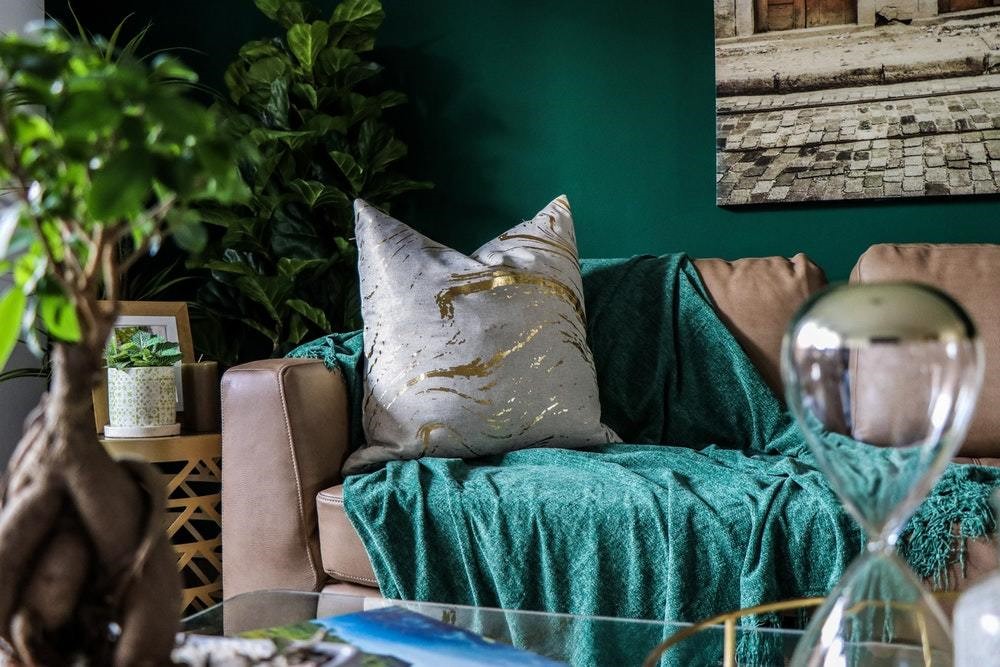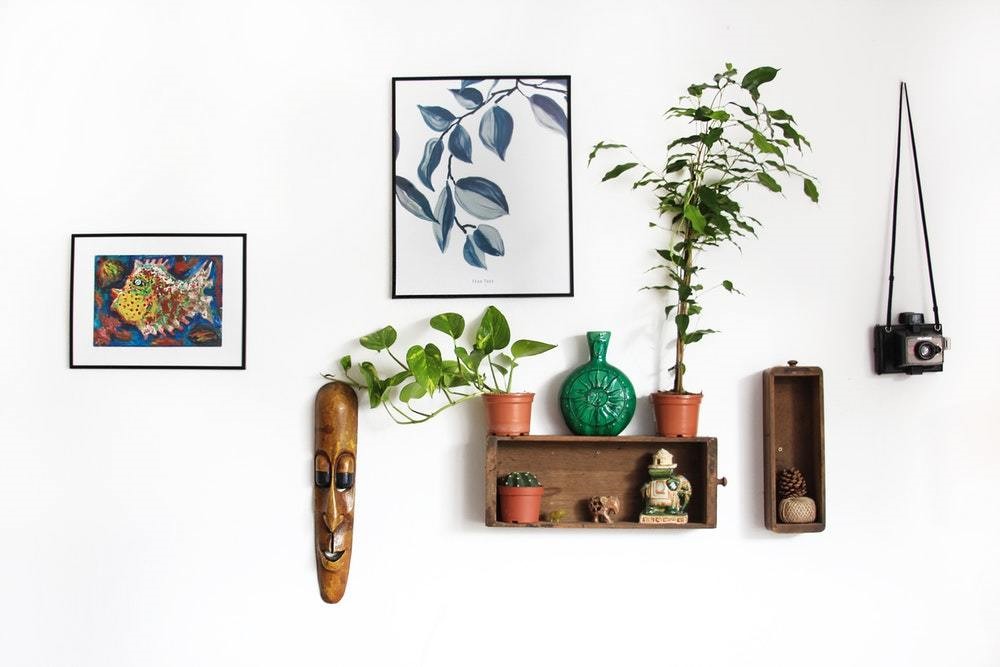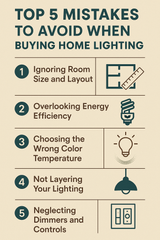Using Texture As Your Interior Design's Secret Weapon
As American interior designer Kelly Wearstler would say, “The mixture of weird textures and organic surfaces creates an interesting dialogue.” Whether in fashion, artwork, architectural design, or interior design, the use of the right textures can significantly alter aesthetics and function in one way or another. Many of us have witnessed this firsthand.
In relation to interior design, what makes texture so important? Is it truly necessary, or is it just for show? How should different textures be intermingled in the same interior design – or better yet, can they even? What textures should we focus on in 2019? In what ways should we make use of texture? Fortunately, our Cocoweb team has the answers for you.
Why is Texture Important?
There are numerous reasons why texture is important.
For one, texture brings comfort – or lack thereof. We know this is true in fashion. If you’ve ever raised children, or are currently raising them, you know that children can be finicky with texture. As adults, we too can be uncertain about wearing or feeling certain textures. Texture alone – whether the look or feel – can make us comfortable and warm or even quite the opposite. In interior design, selecting certain textures for your space not only brings a certain level of comfort to you and others who spend time in your home but also visually communicates what level of comfort others should be feeling in your home.

Texture is also important because it can trigger certain emotions or thoughts. Just looking at, say, a rough metal may make us feel confident or tough while a fluffy texture might may evoke thoughts of innocence and calamity. While different textures may make people think or feel different things, some textures are always associated with certain things.
Using the right textures in an interior design is critical to ensure your space educes the right idea, thoughts, emotions, and level of comfort you want yourself and others to feel in your home. Likewise, using the right textures in conjunction with one another ensures the various textures you use don’t clash and create chaos or confusion in your home.
The Power of Texture
We know why texture is important, but what exactly can it do for us? How powerful is it really? What can it specifically present in an interior design, besides comfort? Well, let’s find out!
Formality
Whether you want others to see your interior design as something casual or something formal, your use of texture can say a lot. For instance, stain, lace, leather, silk, and velvet are some of the top materials we think about when we think of something that’s formal while materials that are more common like cotton are considered mostly casual to us.
An important thing to keep in mind when utilizing texture to create the most appropriate level of formality in your interior design is to create a balance. Merge both casual and formal textures. Don’t fear mixing, for instance, fancy fur and casual knit in the same interior design. Playing around with textures that feature variant ranges of formality makes it apparent that they can, in fact, work well together if we are cautious with what textures we decide to pair up together.
Socialization
There are multiple ways texture can induce socialization in an interior design. For one, textures that are comfortable may help relax you and your guests. Thus, this allows people to better open up to one another. With cozy textures in your home, people are more likely to stay longer and indulge in a deep conversation.
Secondly, socialization can be boosted with texture as texture gives people something to talk about. Have you ever sat on someone’s super cozy bed, and thought to yourself, “ Wow, I could stay here all day!”? Or maybe you’ve walked on someone’s plush carpet or were shocked to find out that the faux brick on their fireplace is actually very smooth and not as rough as its appearance depicts. Either way, the use of texture can get the conversation rolling with loved ones or acquaintances in many ways.
Concentration
We can’t focus if we’re uncomfortable. Likewise, we have poor concentration when we are too comfortable. The right balance of textures can make or break our level of concentration and creativity. It’s a proven fact. This is one of many reasons why ergonomics is often used in the workplace: to keep employees working at proficient paces and producing quality work.
That said, it’s vital that you consider the level of comfort based on the textures you choose in relation to what the space you’re designing will be used for (i.e., studying, working, sleeping, etc.).
Romance
We discussed that texture can impact our emotions and what we think. One of the things texture can impact for us emotionally and cognitively is romance. Romance is not just something we feel; it’s something we think about and engage in deeply. It’s expressive in multiple formats.
When it comes to creating romance in an interior design via texture, usually silky, velvety, softer textures come to mind. Textures that are richer and deeper in color are particularly deemed romantic in an interior design.
A Focal Point
Our eyes need something to gravitate towards whether we are looking at a piece of artwork or walking into an interior design. While in interior design, it’s critical to keep the eyes moving (but not too rapidly in a negative context), it’s also important that we have something to rest our eyes on. That’s what a focal point is for.
A large, fluffy rug or a shiny, metallic light fixture can certainly act as focal points in a room. So can a tall, prickly cactus in a colorful pot; a heavily-patterned vase; or a ceiling fan with sharp blades. Focal points should be neither too mellow nor too vivid and wild in an interior design. Consider the balance that may work best for you.

What Textures Are Hot in 2019?
Mixing and matching textures are especially hot in 2019. Specifically, materials that are woven, deep-colored velvets, and natural textures like hemp and burlap are things you’ll want to include in your design this year.
But textures are not only present in the form of materials; they can also be found in patterns and objects. In 2019, focus on bringing texture into your interior design via your use of plants or faux greenery, fun-patterned wallpapers, woods or laminate with rich grains or distressing, and/or geometric prints or forms.
Don’t just opt for textures that are trendy; consider the textures that you not only love but are suitable for your interior design.
Conclusion
Using texture in a home is an integral step to properly wrap it up aesthetically and functionally. Without texture, our homes would be bland, boring, and lacking the proper balance between stimulation and relaxation. However, with the proper use of texture, it’s apparent to us that these materials can give us the right amount of comfort we need to fully thrive in our home.
Recent Posts
-
Top 5 Mistakes to Avoid When Buying Home Lighting
Lighting plays a crucial role in shaping the ambiance, functionality, and aesthetic appeal of your h …26th Jun 2025 -
Why Lighting Is the Most Underrated Design Element in a Room
Walk into a well-designed space, and you might first notice the color of the walls, the statement fu …13th May 2025 -
How to Choose the Perfect Painting for Your Home or Office
When it comes to decorating your space, choosing the perfect painting can be a game-changer. A well- …7th Feb 2025




